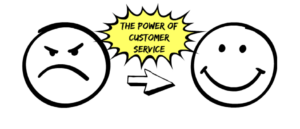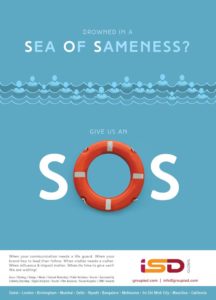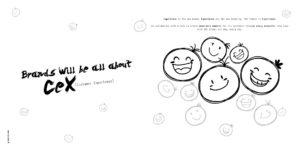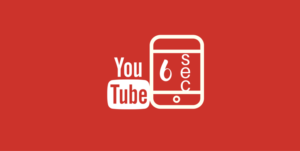The X Factor might make you an ‘ ex not to be factored ‘.
Contradicting yes. Certainly so. How can expertise ever be a burden? It is what gets normally equated with leadership abilities and high performance. But when we look around, you will find instances where expertise comes across as unwanted baggage, thereby halting progress, impeding momentum.
Look around and you will scores of cases where expertise has been a trap for many an organisation and individuals alike. Kodak was at the frontier of imaging technology and photography and remained glued to the thought that things would remain the same.
” You press the button. We do the rest “, quoted George Eastman. Steve Sasson was the engineer at Kodak who invented the digital camera in 1975. US$ 10 billion in sales way back in 1981. However, Kodak failed to recognise the rise of digital photography, decline in analog camera sales and the rise in digital camera sales. Eventually, the brand filed for bankruptcy in 1992. The ‘ expertise trap ‘ played its part. The hunter became the hunted.
Let’s move onto Microsoft for a bit. When Apple introduced the iPhone(without the conventional Qwerty keypad), then CEO Steve Ballmer(steeped deep in PC and connected computing business), never gave it a chance. The legacy of expertise has played its part and things didn’t look too ‘ smart’ for Microsoft as iPhone made history. Windows had shut the door on a big opportunity as the Explorer stopped exploring.
And so goes the case with stalwart retail brands who stuck to the coat tails of merchandise, brick and mortar, store design and alterations to the marketing mix- erstwhile pillars of retail success till such time Amazon came in and broke the mould completely.
While expertise has several ticks in the box, it can also lead to individual thinking that is narrow( Why upset the applecart, we have always done it that way), resting on past laurels, ignoring the dynamics of the market place, the emergence of new thinking and technology( AI, the power of algorithms that replace rote tasks very easily) and behaviours that leave a gaping distance between colleagues and business partners, causing loss of confidence and trust. Over time the very expertise that led to our success can leave us feeling unhappy, unsatisfied, and stuck.
Some examples that might trigger counter intuitive thinking is when ‘ experts ‘ realise the need of the hour and wake up to smell the coffee. Who would have thought that automobile technology, ones exemplified by brands like Mercedes, BMW and their ilk would ever get upended. And how. Till such time Tesla disrupted the space with a vengeance and driverless, autonomous technology hit the road and put them in a MUSK DO situation. Real soon, the established brands were investing their billions into the new self driving technology to keep up, send out a signal and get ready for their future. They didn’t hang on to the ‘ expert ‘ in the field narrative. They let the new rubber hit the road. Good for them.
Some warning signs that you may have fallen prey to the expertise trap:
Have you fallen into a creative rut?
Do you feel “old” and out of touch in your job?
Do others seem uncomfortable challenging your assumptions and ideas?
Are market developments beginning to take you by surprise?
These are just a few of the warning signs.
All hope is not lost. Rediscover the path to new thinking, new learning and growth. Embark on a new journey and as the Buddhists call it ‘ embrace a beginner’s mind ‘.
That’s why we are happy with our ethos at ISD Global where I work. Be hungry, be foolish. The more you know, the more you realise how much more there is to know. Changing for the better and bettering the change go hand in hand. And all the ‘ trappings ‘ be blown!
ENDS
groupisd.com/story
brandknewmag.com
brandknew.groupisd.com
weeklileaks.com




